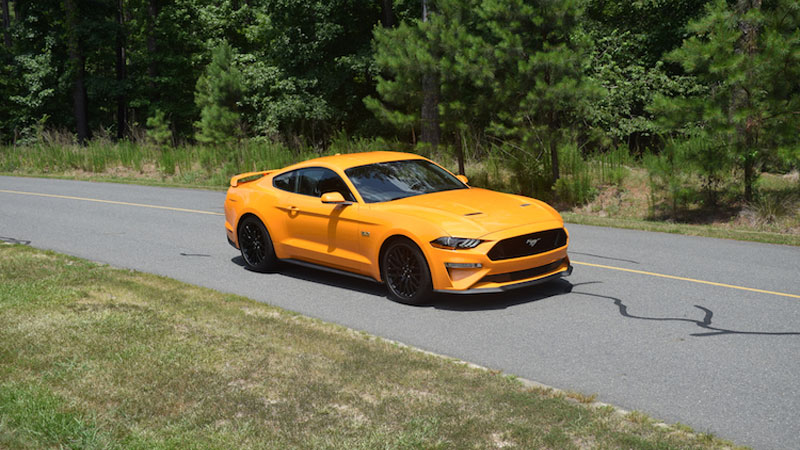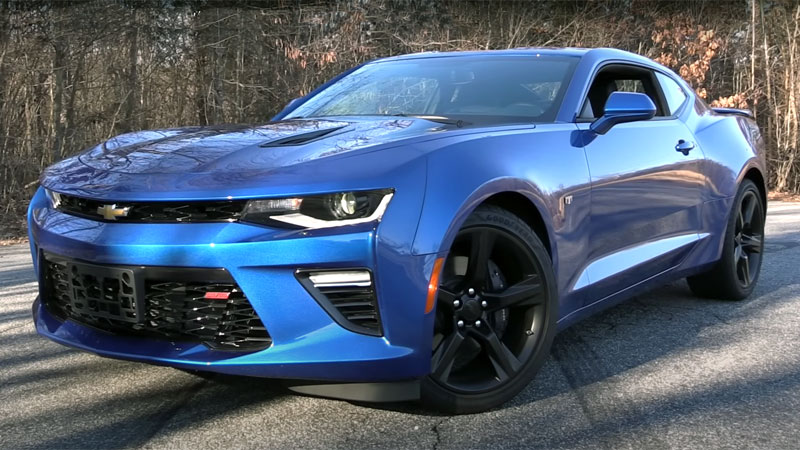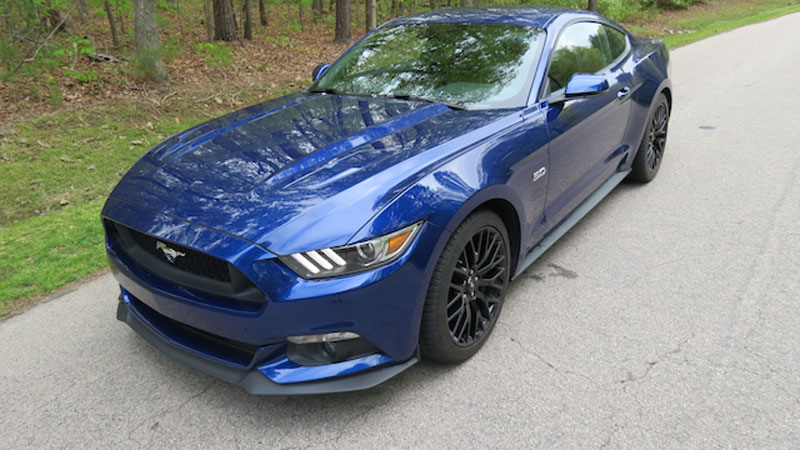American Muscle Reimagined: The 2018 Ford Mustang GT Fastback
The 2018 Ford Mustang GT offers more power and improved handling. When you have the top-selling pony car you simply cannot rest on your laurels. Especially when the competition is fierce and is always looking at ways to conquest customers. In the Mustang, Ford isn’t taking anything for granted. Indeed, … Read more



